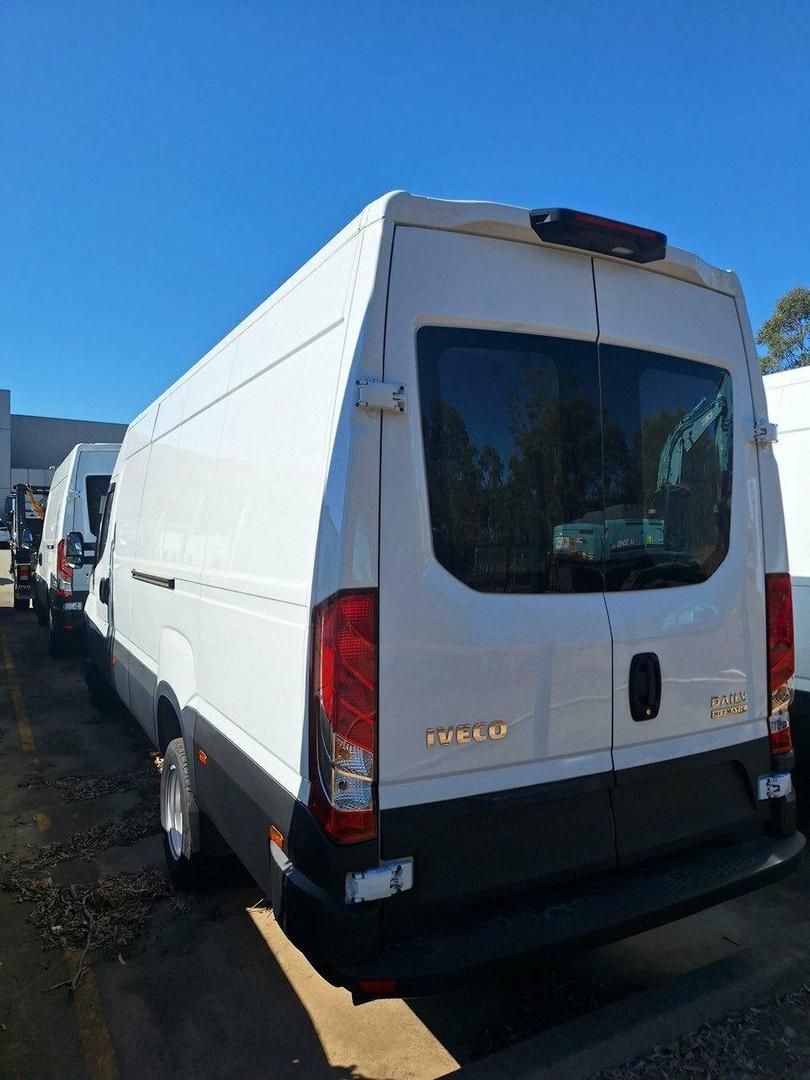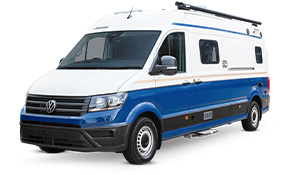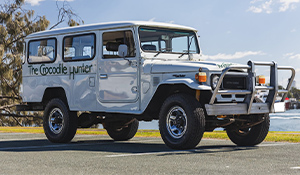How to do a Water Crossing
When done correctly, a water crossing can be a few minutes of high thrill and adrenaline, but when it goes wrong, it's a disaster!
As with any aspect of off-roading, you need to be prepared, get some practice with experienced four-wheel-drivers in safe locations, and assess each obstacle carefully. Do that, and you're in for some amazing adventures through rivers and creeks right across the country.
Get out of your vehicle
The first rule of a water crossing is to never enter water without knowing its depth and the surface underneath. The best way to do this is to get out of your vehicle and walk into the water (but avoid this step if you're in croc territory!). You need to know how high it is at its deepest point, and make yourself familiar with any sudden drops or holes, as well as whether the surface is rocky, sandy or muddy. This is vital for planning your crossing.
Don't cross the water if the current is too fast (if you can't walk in it without being pulled downstream, it's too strong), or if it's too deep for your vehicle—unless of course you've done the right preparation.
Consider your vehicle's capabilities
Just because you have a 4x4 doesn't mean it's capable of doing any water crossing. Make sure you have the appropriate recovery gear with you - including another vehicle with an experienced four-wheel-driver at the wheel - as stalling in the water will require being winched out. You might also need to adjust your tyre pressures, depending on the surface, both on the river/creek bed itself, as well as the other side of the crossing. If it's sandy or muddy, reduce your PSI.
If the water is above tyre height, you're risking some serious water damage to your engine and transmission, so you'll need to either reconsider doing the crossing or undertake some preparation. A big part of this equation is determined by where your air intake is located, as this can suck water into your engine. Having a snorkel will help the vehicle make it across; otherwise you might need to 'tarp up' the bonnet. Many four-wheel-drivers swear by WD40 and diff breathers to help protect their vehicles from potential water damage, too.
If you're concerned that the water, at its current depth and flow, is likely to do any damage to your vehicle, the solution is simple: don't cross.
Undertake the crossing confidently
Having decided to do the crossing, you can't hesitate once you enter the water - crossing with confidence is the key. Open your windows, as this might need to be your escape plan if you get stuck, and choose a wrong gear.
Pick your line, enter the water slowly in low range and keep up a slow, but steady pace. Don't touch any pedal other than your accelerator, as the momentum lost while stopping or changing gears can equal getting stuck or letting water in between your clutch plates.
Once you're on the other side, stop on the incline to let the excess water drain out, and press your brakes to help dry them out again.
Had fun? Each water crossing becomes easier as you get used to the preparation and planning required, as well as giving a better understanding of what your vehicle is capable of. Give it a shot and enjoy the adrenaline rush!
Author: Megan Blandford










